On the morning of February 19, at the final working session of the extraordinary session, the National Assembly will pass a series of policies, including the draft Law on Organization of Local Government with urban and rural government models.
According to the draft submitted to the National Assembly earlier, the Government proposed that local government include the People's Council and the People's Committee. In case the National Assembly has regulations on not organizing local government at a specific administrative unit, the local government at that administrative unit is the People's Committee.
Local government in rural areas consists of three levels: province, district, and commune. Local government in urban areas includes: centrally run cities; districts, towns, provincial cities, and centrally run cities; wards and towns. Local government in special administrative-economic units is determined by the National Assembly when establishing such special administrative-economic units.
Through discussion, some delegates proposed to continue to summarize and comprehensively evaluate the organization of urban government models in some localities, on that basis, propose appropriate local government organization models.
National Assembly deputies of Vinh Phuc province attended the meeting this morning (February 19) at the hall. Photo: VNA
Accepting this opinion, the National Assembly Standing Committee said that it will coordinate with the Government to summarize the implementation of the urban government model in localities in the past time to have a basis for proposing a suitable local government organization model. Agencies will have a basis for comprehensive, synchronous and unified implementation nationwide in accordance with the requirements of the Party's Resolutions and Conclusions on reform and organizational arrangement in the past time.
In the draft sent to the Ministry of Justice for review in mid-January, the Ministry of Home Affairs proposed not to organize People's Councils at the district and ward levels nationwide. The Ministry believes that in urban areas including districts and provincial cities; wards of districts; wards and communes of provincial cities and centrally run cities, it is not necessary to organize People's Councils. These administrative units only organize People's Committees, operate according to the administrative head mechanism and are directly under the People's Committees at higher levels. The Chairman and Vice Chairmen of the People's Committees will be directly appointed by the Chairman of the People's Committee at higher levels. However, this proposal was later abandoned.
In Article 3, the draft states the principles of administrative unit classification. Accordingly, the classification is the basis for planning socio-economic development policies; building organizational structures, regimes, and policies for local government officials and civil servants suitable for each type of administrative unit.
Some delegates proposed to remove the regulation on administrative unit classification in Article 3 because it easily creates policy discrimination between administrative units and staff and civil servants.
According to the National Assembly Standing Committee, the classification of administrative units plays an important role and significance, serving as a basis for competent authorities to formulate socio-economic development policies; build organizational apparatus, regimes and policies for cadres and civil servants in accordance with practical conditions.
Therefore, it is necessary to stipulate the classification of administrative units in the draft Law. In the process of specifying in detail the criteria for classifying administrative units and organizing the implementation of this content, the agencies will continue to research to have appropriate regulations, objectively and fairly assessing the position, role, and development requirements of administrative units.
Also on the morning of February 19, the National Assembly will vote to pass a Resolution on investment policy for the Lao Cai - Hanoi - Hai Phong railway line; a Resolution on piloting a number of specific mechanisms and policies for urban railway development in Hanoi and Ho Chi Minh City; and a Resolution on specific mechanisms and policies for investment in the construction of the Ninh Thuan nuclear power project.
After that, the delegates continued to vote to pass the Law on Promulgation of Legal Documents (amended); the Law on Organization of Local Government (amended) and the Resolution of the National Assembly regulating the handling of a number of issues related to the arrangement of the state apparatus.
At the closing session, delegates will vote to approve the Resolution supplementing the socio-economic development plan for 2025 with a growth target of 8% or more and the Resolution on piloting a number of mechanisms and policies to remove obstacles in science, technology, innovation and national digital transformation activities.
(According to vnexpress.net)
Source: https://baovinhphuc.com.vn/Multimedia/Images/Id/123950/This morning-the-National-Assembly-closed-the-mo-hinh-chinh-quyen-dia-phuong-va-hop-phien-be-mac


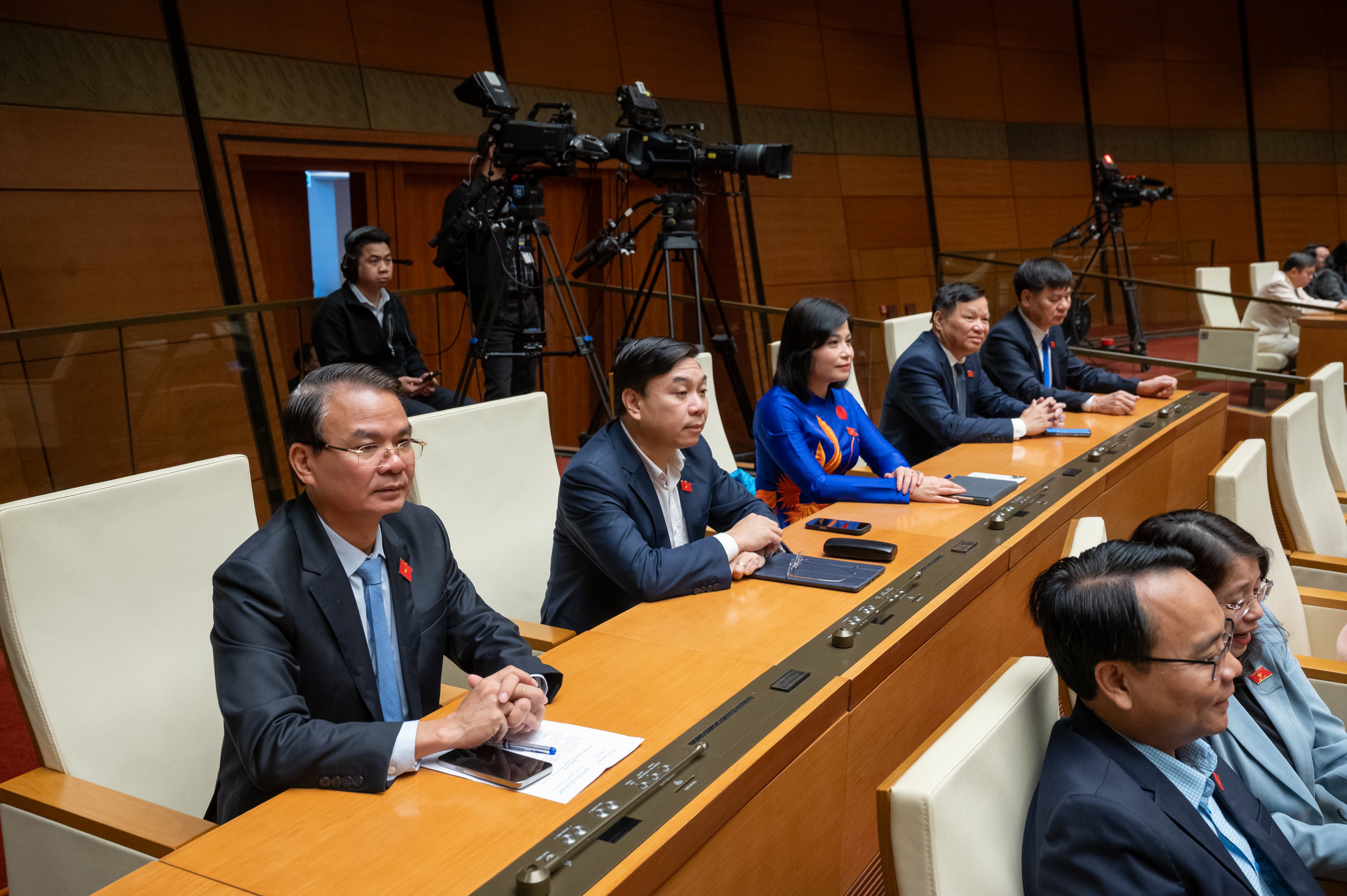






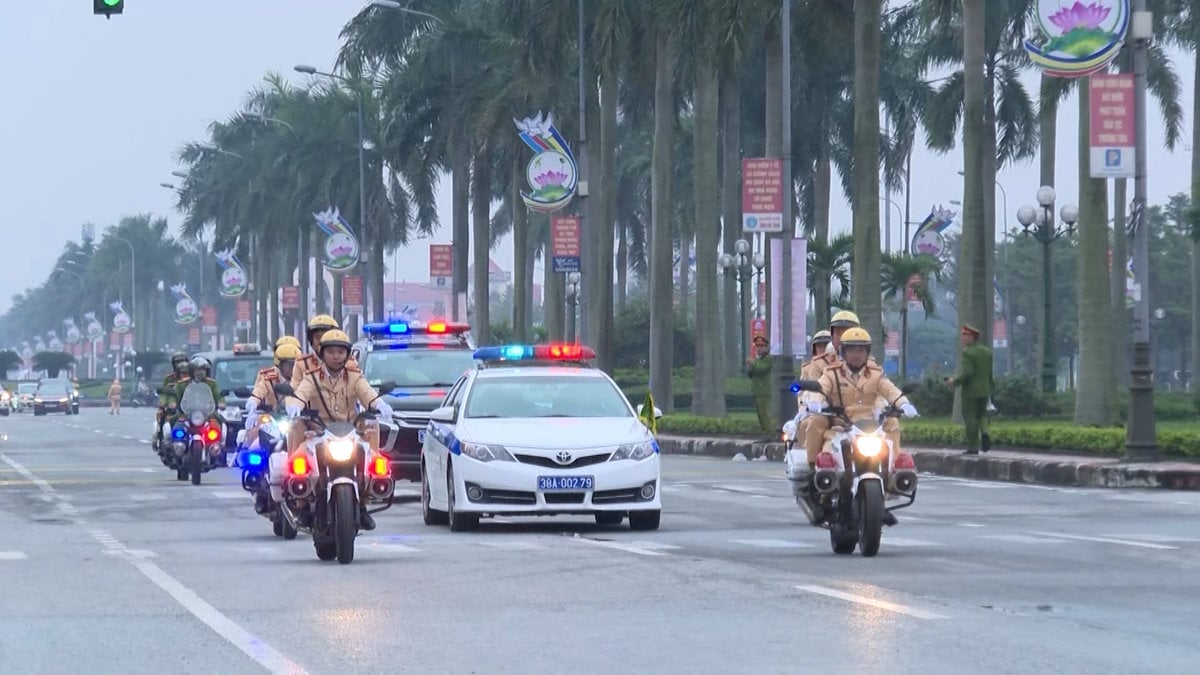
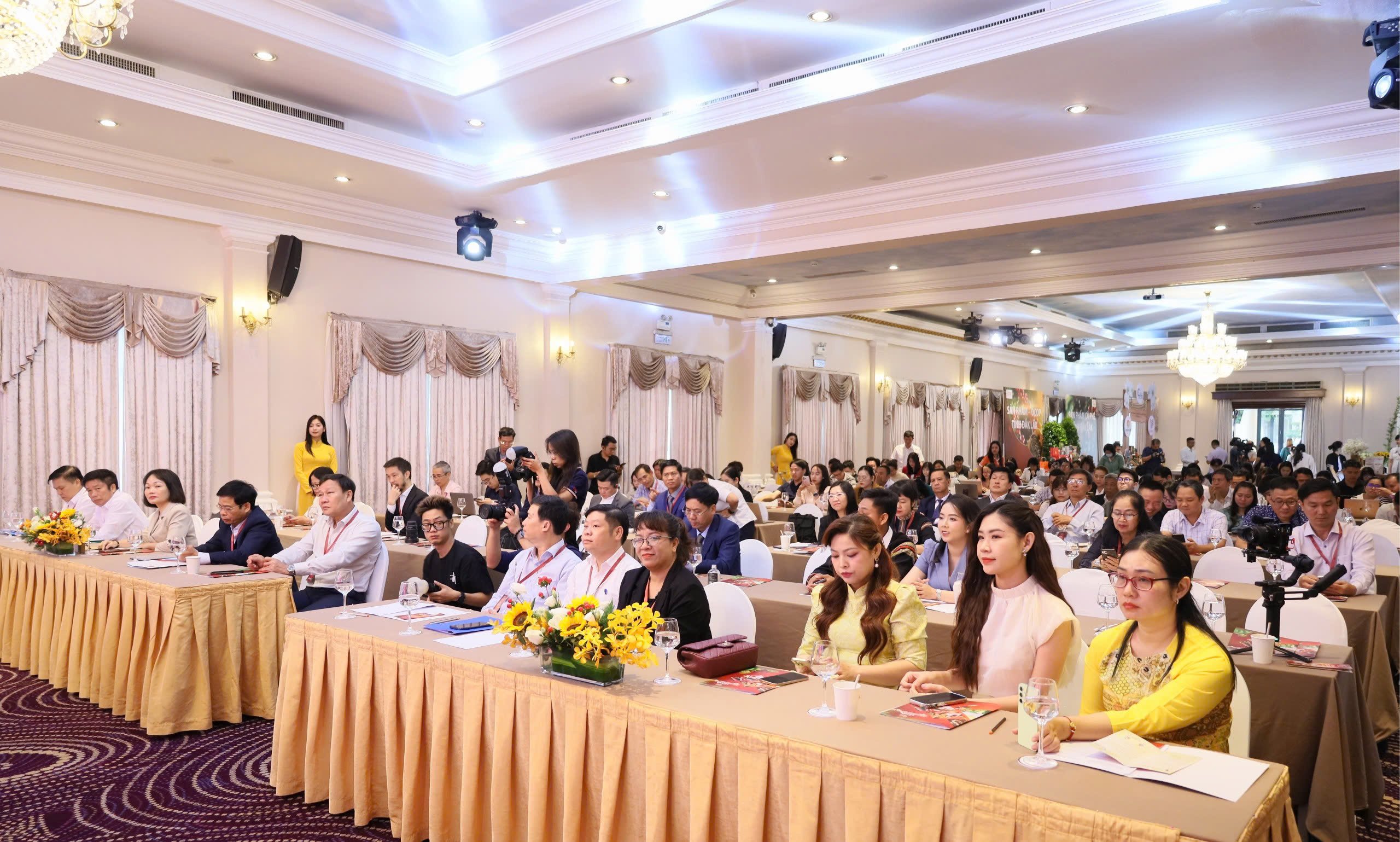
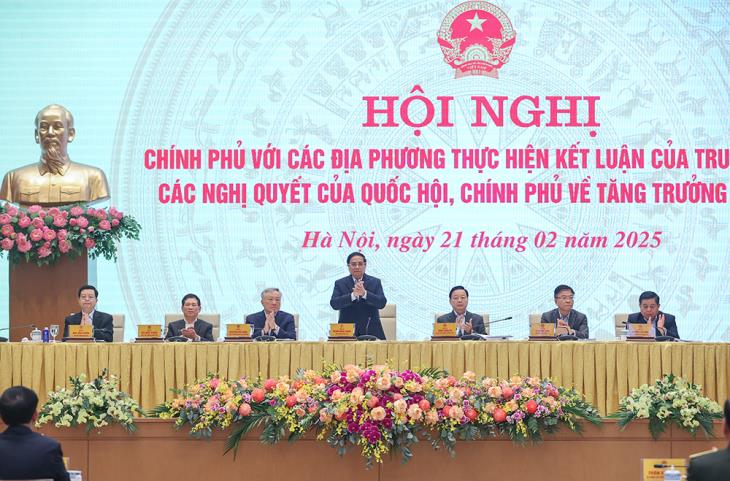
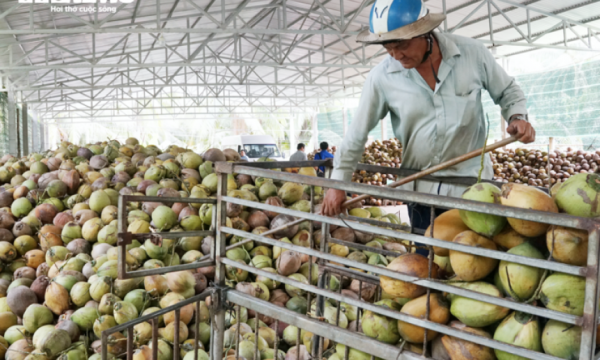
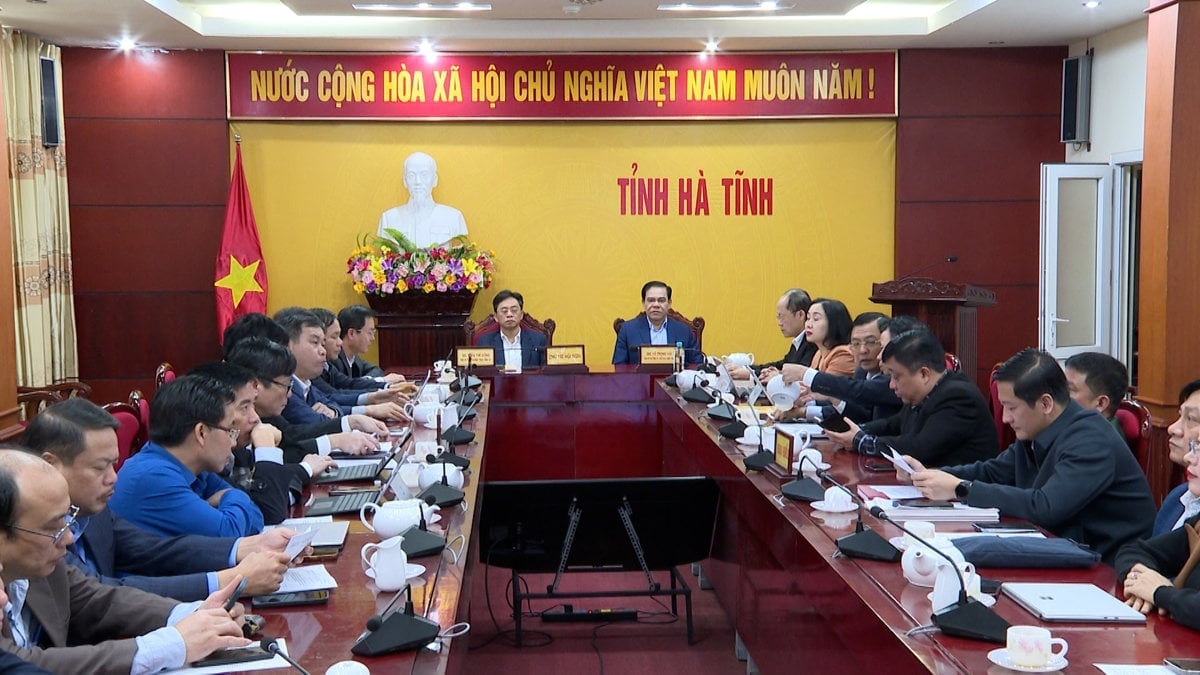
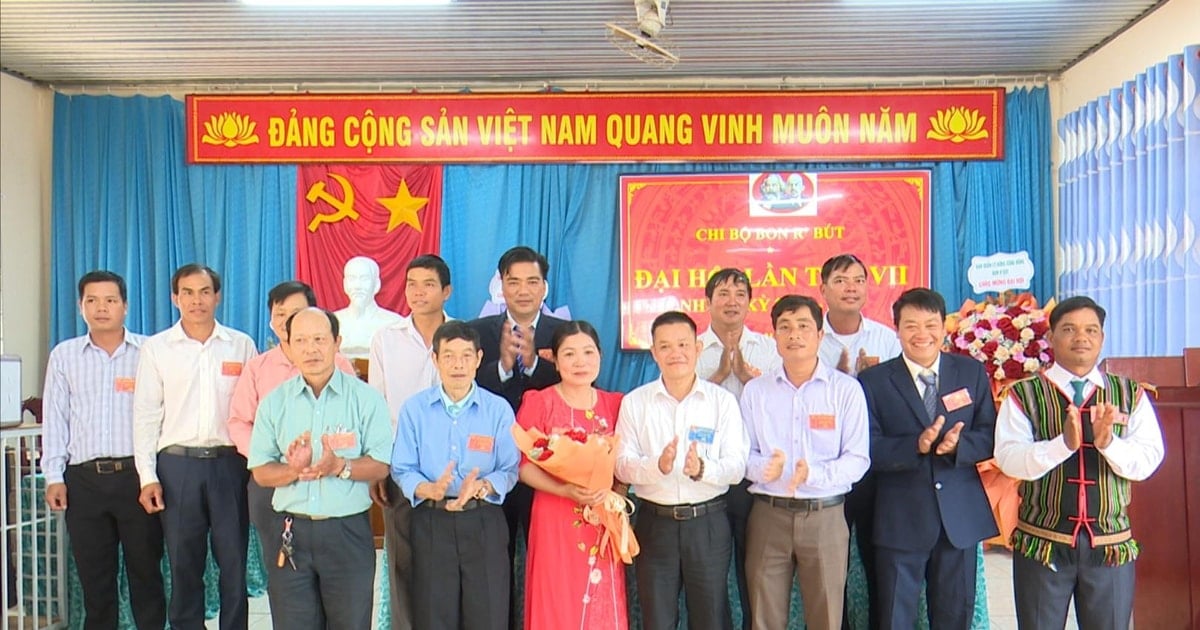









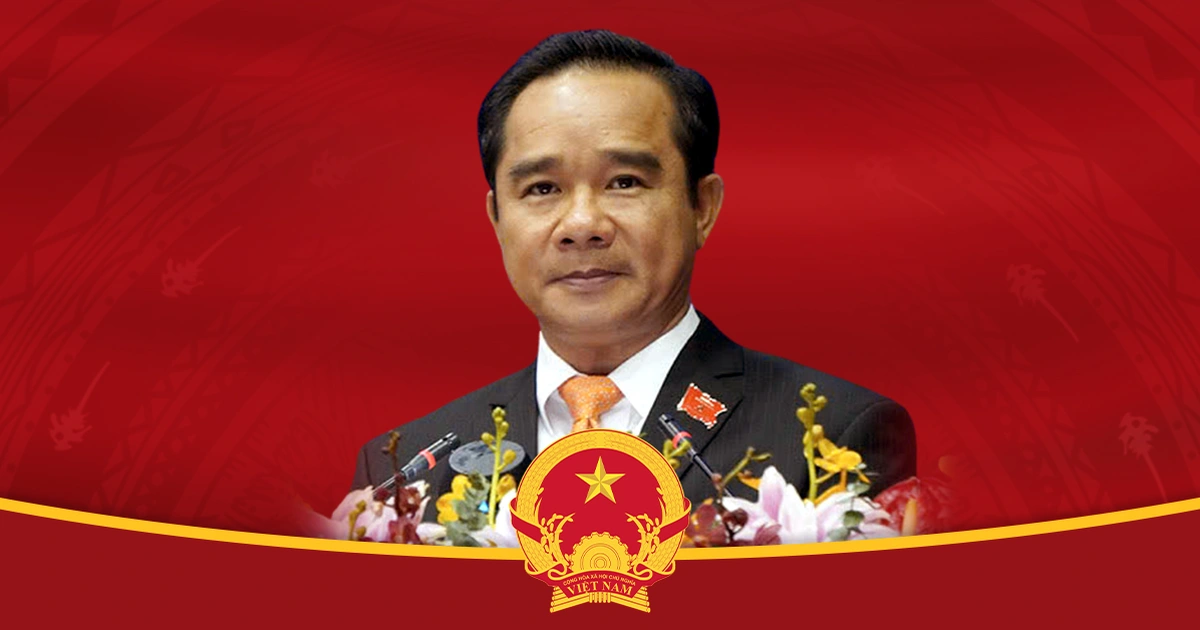




Comment (0)